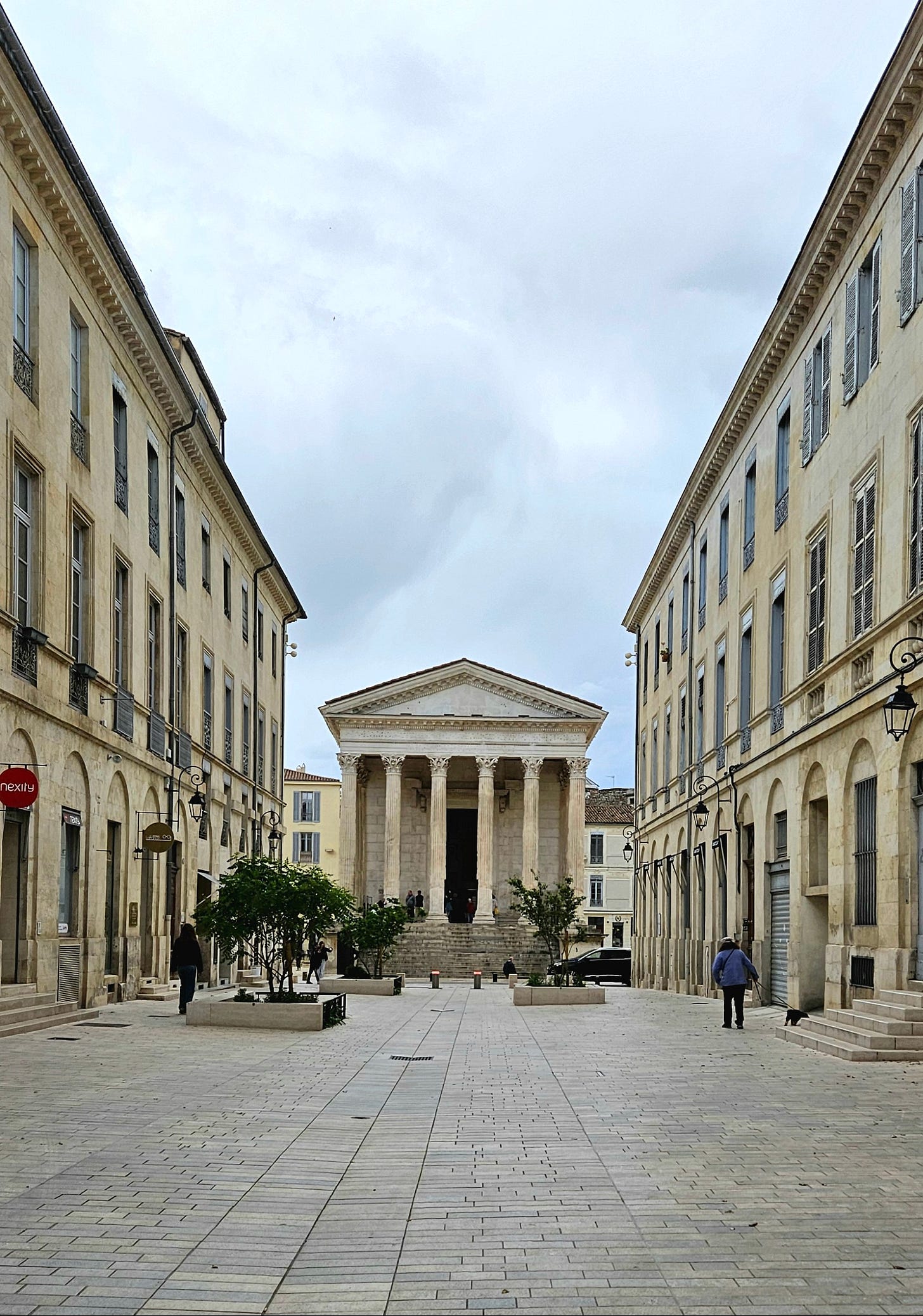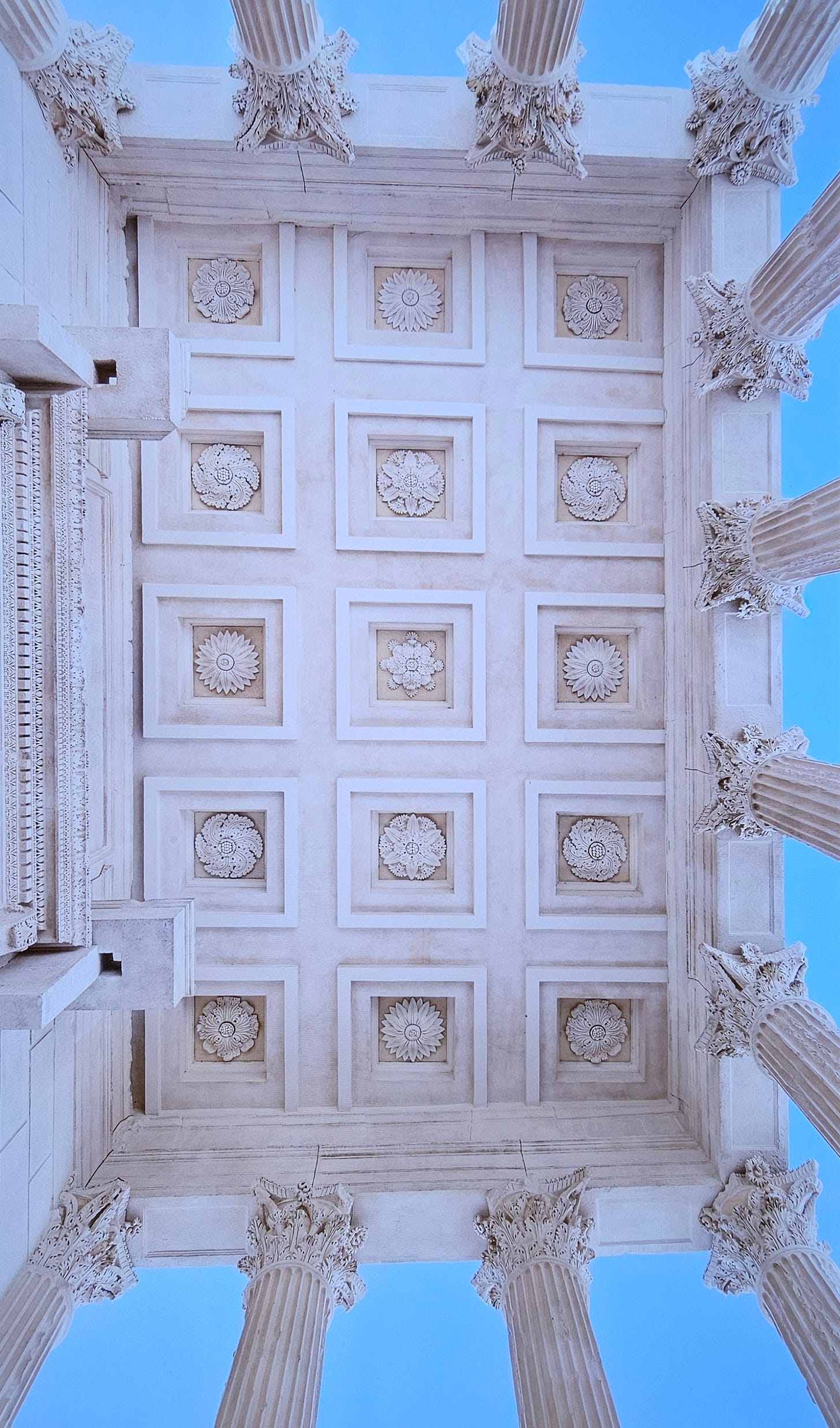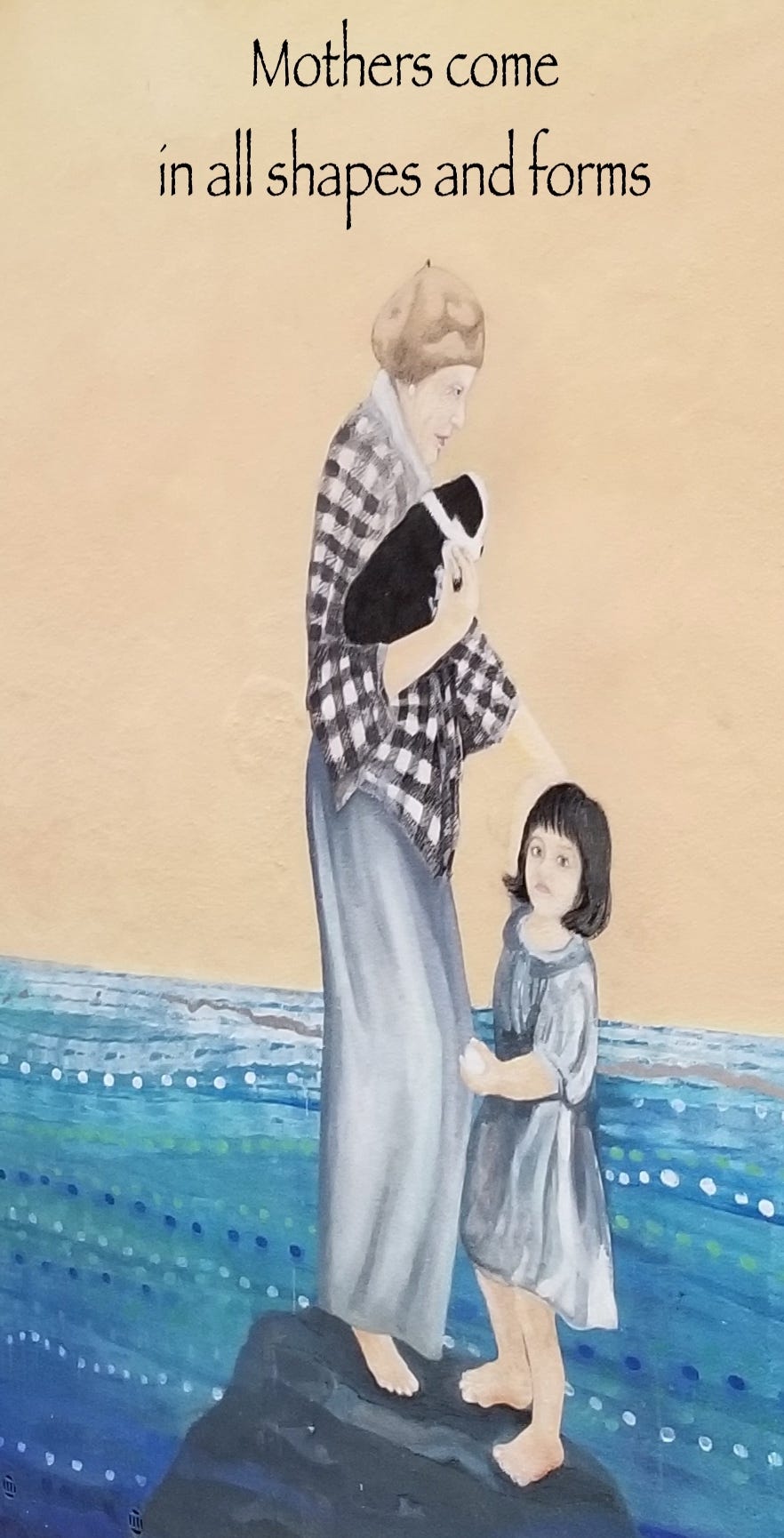The Gauls. The Greeks. The Romans. With a salt and pepper smattering of Moor, Egyptian and Nazi thrown in for good measure. Traveling the ancient routes of Europe is like time travel (my favourite genre) through civilizations.
In this little corner of France - the Languedoc-Roussillon region - you trip over Roman ruins all the time. It is raising some interesting questions for me:
How do Empires start and why? What causes an Empire to die?
How do you build something that will last for centuries?
What can I write that stands the test of time? Do I need to meet that standard? When does it matter?
Any one of these could be a full essay. As I return for my second Writer’s Retreat in the sedate and beautiful Cevennes region of France, I’m sharing them as a list of questions and musings.
How do you create an Empire?
Why cross a body of water and take over another region? I get neighbouring villages and towns and warring tribes. But what conditions would need to exist that you place your most valuable asset - human capital - at risk of death through war?
Land grab?
Food - famine or drought in your territory?
Power?
Romance gone sour?
Lives are expendable?
Which of these is the impetus for empire creation today?
What causes an Empire to die?
Very curious. Still researching and learning.
What are the signals that a new world order is on the rise? Is there anything we can learn from history about holding onto the near-present too tight? What do we hold on to from the old order? What components do we re-purpose? What do we build again from scratch, so that it is not tainted by the old?
Does this launch a conversation? Start a conversation. Leave a comment, or Restack this section.
How do you design and build something that will last for centuries?
As I studied the insets in the ceiling on the top of the gable as you enter the Maison Carrée - the Temple to Diana - in Nîmes, I was again struck by the exquisite detail. Why would someone take so much care and put so much detail into something that would hang 17 meters/55 feet above my head? A tour guide at Bath Cathedral many years ago gave me this response: “The master craftsman chose to make it perfect because God could see it.”
People built with pride. But without hubris. Walk around any UNESCO site in the world, and I realize that people took pride in their craft. They did not know if they would live to see the opening of this grand building - a castle or cathedral, the Alahambra or the Taj Mahal - but they poured their life into their craftsmanship, in the expectation that their work mattered and that it would bring joy to someone. For some of them, their work has transported across centuries and allows us 21st-century denizens a trip back through time.
What enabled them to create such wonders? Planning? Detailed designs that allow arches to meet at the keystone. And for that process to be repeated over and over and over in building filled with mosaics that appear to come together seamlessly. And then replicated at a different site in a different country. Wow! Craftsmanship. No computers. Pride and knowledge and innate instinct. And a selflessness.
Instead of a just-in-time mentality, a first- and second-quarter focus, they built for the future. They laid foundations and planted trees so future generations could enjoy the investment.
The fee paid by future generations is to maintain the monuments and water those trees. We may dismantle a building and repurpose bricks as we need them (e.g. Hadrian’s Wall offered up its bricks to pave the road for the English armies to reach Scotland). But it is also incumbent on us to fund and support initiatives such as the UNESCO Heritage Convention.
What can I write that stands the test of time? Do I need to? Does it matter?
The natural sequence of this train of thought returns to me and my work:
How can I bring craftsmanship to my daily work?
Can I build with pride, knowing that only God and a few precious readers may one day appreciate the way I turn the chisel in a sentence?
How do I separate an essay that is written for today’s parent, from one written for a guardian seven generations from now? What qualities should I include in the latter? Should I be concerned about the form, the technology, the vocabulary written for one over the other?
I write. Simply. To share information. I craft each piece of work with the pride, love and attention to simple detail that the young stonemasons brought to each brick in these monuments that we visit today. Whether it is the weathered and worn step in an arena, the exquisite detail in a frieze, or the humble terracotta brick in the wall - every lego block plays its part in society. Over centuries.
This thought was inspired by an essay written a year ago by
titled “What Will You Die For?”Food for thought: Graffiti or Mural?
When kids paint a mural on a wall today, we call it graffiti and rush to clean it off.
Then we spend lots of money and stand in line for hours in Pompeii or at the pyramids to get just a few minutes in front of a painstakingly restored fresco or mural.
Fun Fact
You may be sitting on a tiny piece of Nîmes.
This city was a center of textile development. It has been home of the silk stocking among other claims to fame. And the fabric so many of us rely on is “de Nîmes” <from Nimes> … or as we know it deNim (the ‘es’ is silent).
Mothers Come In All Shapes and Forms
It is a particularly poignant Mother’s Day this year. I am told the first Mother’s Day after your mother passes hits particularly hard. As I got geographically separated from my mother for work and marriage, I had the opportunity to celebrate the day with her twice - the UK date (Mothering Sunday, 4th Sunday in Lent) and the US date (2nd Sunday in May). Only occasionally were these in-person.
Here is a blessing to all the Mother’s in Tribe Tilt: Wishing you the energy to enjoy your young and growing families. Make Great Memories. Not only for your children, but particularly for yourself. And congratulations to all the new GrandMamas in our Tribe, too!
I’m giving my mother a special trans-dimensional hug this year. Remember to reach out to yours if you are able. A mother’s love has no date stamp. I still feel mine reach across the ether.
And to my three beautiful children, thank you for helping me discover a completely different dimension of myself. I love you deeply.
This photo inspired my 2019 Mother’s Day poem. It was street art from a visit to Valencia with my daughter in that year. The full display shares the story around the devastating floods that hit that beautiful city in 1957.
Read on: Mothers Come In All Shapes and Forms
For all Mamas, wherever they may be.
Welcome if you have recently joined us in Tribe Tilt. We believe we can make a difference to the people and places that are precious to us - that we have hope and agency within our own lives that ripples through to others.
Stay healthy. From there all else becomes possible. Treat your health as the precious resource it is.
Until next week,
Karena
Dateline: Nimes, France
First time here? Would you like to join our Tribe Tilt?







Lovely photos of your travel I see there! :) Your first point reminded me about the book "Collapse"by Jared Diamond that talks about how societies choose to fail or succeed. (If you haven't checked it out, highly recommend it) Despite just started my writing journey, I am also thinking about the purpose and definition of future-proofing my writing. Who should I be writing for? What context will they be in to interpret the information? Just some food for thought for myself I guess... 🤔
You always ask great questions, Karena. Thanks for sharing your ideas and letting us contemplate with you. And happy mother's day both to you and your mom!